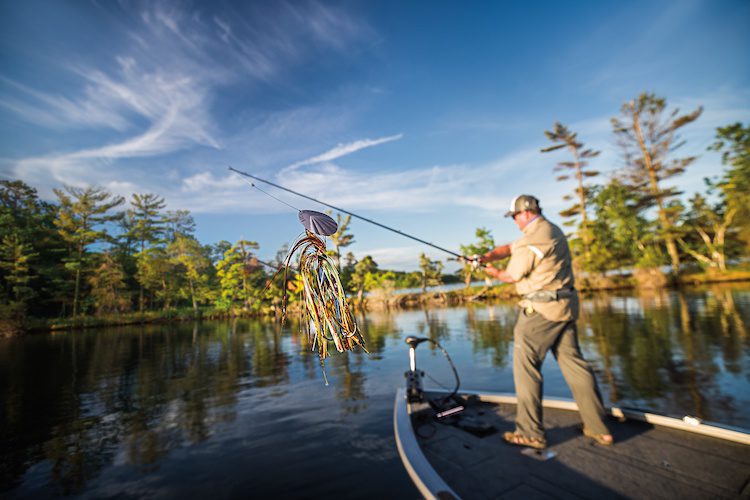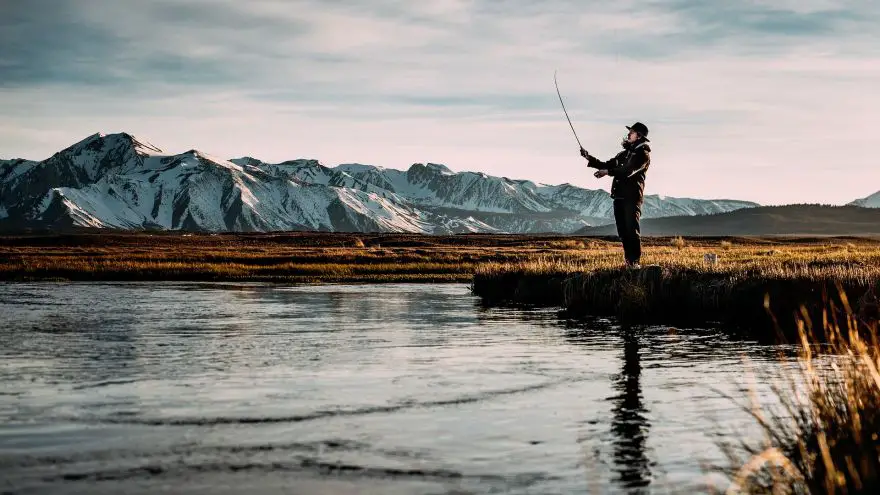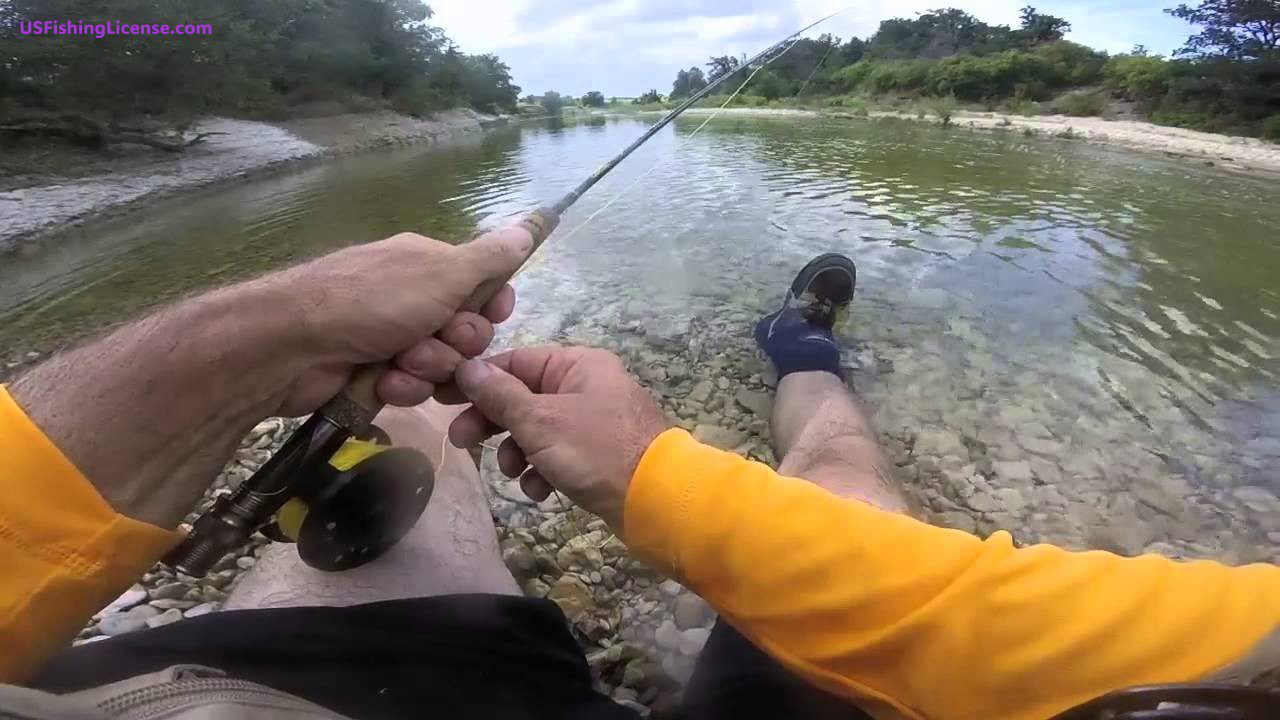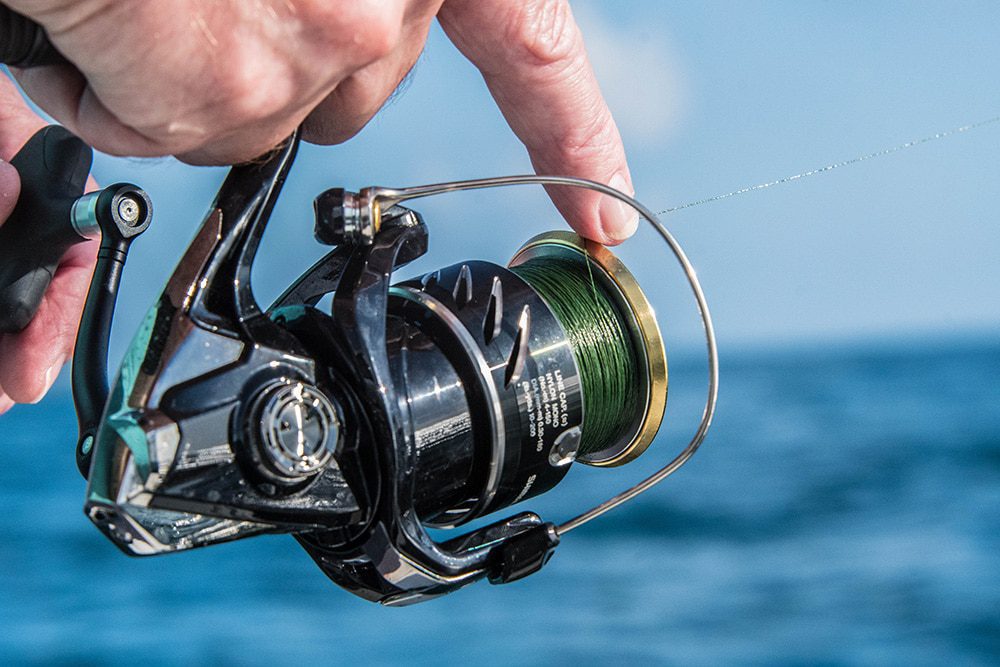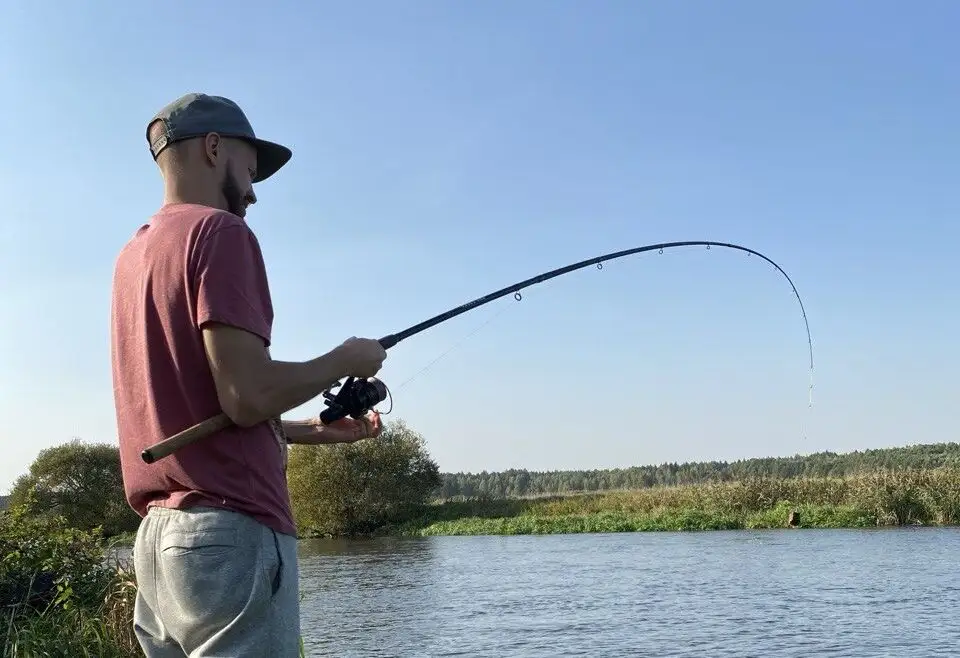Nestled in the Appalachian highlands, West Virginia harbors some of the most pristine native brook trout streams in the eastern United States. These vibrant waterways not only provide exceptional angling opportunities but represent a crucial ecological heritage. The relationship between conservation funding—primarily through trout stamps—and angler access to these protected habitats forms the backbone of West Virginia’s successful brook trout management program.
For anglers and conservationists alike, understanding how purchasing a trout stamp directly funds habitat restoration, stream access improvements, and population studies is essential knowledge that ensures the sustainability of these treasured resources for generations to come.
Conservation Stamps: The Financial Foundation of Brook Trout Protection
West Virginia’s trout stamp program represents a direct investment in the preservation of native brook trout habitat. When anglers purchase these stamps, they’re not simply gaining fishing privileges—they’re funding crucial conservation efforts across the Mountain State.
Nearly 100,000 trout stamps are sold annually in West Virginia, generating substantial revenue dedicated specifically to trout management and habitat protection. This funding mechanism creates a direct relationship between recreational angling and conservation, ensuring those who enjoy the resource also contribute to its preservation.
How Trout Stamp Revenue Works
The West Virginia Division of Natural Resources (WVDNR) allocates trout stamp revenue to several critical initiatives:
| Program Type | Percentage of Funding | Examples of Projects |
|---|---|---|
| Habitat Restoration | 40% | Stream channel reconstruction, riparian buffer planting, acid mine drainage remediation |
| Population Studies | 25% | Genetic surveys, population monitoring, species distribution mapping |
| Access Improvements | 20% | Trail maintenance, signage, public access points |
| Education & Outreach | 15% | Angler education programs, conservation workshops |
“The trout stamp program creates a sustainable funding source that directly connects anglers to conservation outcomes,” notes Mark Scott, WVDNR Fisheries Chief. “Every stamp purchased is an investment in the future of these precious resources.”
To purchase a West Virginia fishing license and trout stamp, visit US Fishing Licenses’ West Virginia page for current pricing and requirements.
Major Conservation Initiatives
One of the most significant initiatives funded by trout stamps is the Potomac Headwaters Restoration Program, a $6 million annual investment coordinated by Trout Unlimited in partnership with WVDNR. This comprehensive program addresses habitat degradation, water quality improvements, and genetic preservation of native brook trout throughout the Potomac watershed.
The success of these conservation efforts is measurable:
- 32 miles of stream habitat restored since 2015
- 15% increase in brook trout populations in treated watersheds
- 28 barriers to fish passage removed, reconnecting 46 miles of stream
West Virginia’s Premier Native Brook Trout Streams
West Virginia’s Monongahela National Forest contains the majority of the state’s 500 miles of native brook trout waters, representing approximately 2% of the state’s total stream resources. These unique habitats feature cold, clean water with the ideal combination of riffle-pool structure and forest canopy that native “brookies” require.
Seneca Creek: The Crown Jewel
Seneca Creek in Pendleton County is widely considered the premier native brook trout stream in West Virginia. This pristine waterway flows through a rugged gorge in the Monongahela National Forest, offering exceptional fishing opportunities in a wilderness setting.
Access Details:
- Trailhead located off Forest Road 112
- 3-mile hike required to reach prime fishing areas
- Special regulations: Fly fishing only, catch-and-release
- Best fishing season: Late May through September
“Seneca Creek represents what a native brook trout stream should be,” says Dustin Wichterman, Potomac Headwaters Project Director for Trout Unlimited. “The healthy riparian zone, cold water temperatures, and complex habitat structure create ideal conditions for thriving brook trout populations.”
For detailed directions and regulations for Seneca Creek, visit the West Virginia DNR fishing page.
Shavers Fork: A Restoration Success Story
Shavers Fork in Randolph County demonstrates the positive impact of conservation funding. Once degraded by logging and acid precipitation, this watershed has been transformed through extensive restoration work funded by trout stamp revenue.
Access and Fishing Information:
- Multiple access points along U.S. Route 33
- Upper sections require 4WD vehicle access
- Special regulations apply to certain sections (consult current WV fishing regulations)
- Best fishing: Early summer and fall
Cranberry River: Remote Wilderness Fishing
The Cranberry River offers some of the most remote brook trout fishing in the state, flowing through the Cranberry Wilderness Area. This pristine watershed has benefited from significant habitat improvements funded by conservation stamps.
Access Points:
- Main access via Forest Road 76
- Wilderness section requires substantial hiking
- Combination of stocked and native sections (consult regulations)
- Primitive camping available at designated sites
Trout Stamps and Fishing Regulations
Fishing for brook trout in West Virginia requires both a valid fishing license and a trout stamp. These requirements apply to most anglers, with some exceptions for youth and seniors.
Current License and Stamp Requirements (2025)
| License Type | Resident Fee | Non-Resident Fee | Who Needs It |
|---|---|---|---|
| Annual Fishing License | $19 | $37 | All anglers ages 15-64 |
| Trout Stamp | $10 | $15 | All anglers fishing for trout |
| Conservation Stamp | $5 | $5 | Required with all licenses |
| 3-Day Tourist License | N/A | $19 | Short-term visitors |
For current pricing and to purchase online, visit US Fishing Licenses’ West Virginia page.
Special Brook Trout Regulations
Native brook trout streams often have specialized regulations designed to protect these sensitive populations:
- Reduced creel limits: Many native streams have a 4-fish daily limit (compared to 6 fish on stocked waters)
- Size restrictions: 8-inch minimum length on select waters
- Gear restrictions: Fly fishing only or single-hook artificial lures on certain streams
- Seasonal closures: Some sensitive spawning areas close during fall months
The WVDNR continually evaluates these regulations, with new gear and harvest restrictions proposed by 2024 to further protect native populations.
Conservation Challenges and Future Outlook
Despite conservation successes, West Virginia’s native brook trout face significant threats that require ongoing funding and management attention.
Climate Change and Thermal Stress
Climate change poses perhaps the greatest threat to brook trout, which require cold water temperatures below 68°F to thrive. Rising stream temperatures have already reduced suitable habitat in lower elevation streams.
Conservation projects now prioritize thermal resilience, focusing on:
- Maintaining and enhancing forest canopy coverage
- Protecting groundwater inputs and coldwater seeps
- Reconnecting fragmented habitats to allow migration to cooler areas
- Monitoring temperature changes in critical watersheds
Genetic Preservation Efforts
The WVDNR has initiated a statewide genetic assessment of brook trout populations, scheduled for completion by 2026. This ambitious project, funded in part by trout stamp revenue, aims to:
- Document genetic diversity across watersheds
- Identify unique genetic strains for protection
- Guide stocking and restoration decisions
- Establish conservation priorities based on genetic distinctiveness
“Understanding the genetic makeup of our native brook trout is critical to designing effective conservation strategies,” explains Dr. Patricia Johnson, WVDNR Fisheries Biologist. “Some populations have been isolated for thousands of years and represent irreplaceable genetic resources.”
How Anglers Can Support Conservation
Beyond purchasing trout stamps, anglers can directly contribute to brook trout conservation through several avenues:
- Practice catch-and-release on native brook trout streams, even where harvest is permitted
- Report habitat issues like erosion, pollution, or illegal activities to WVDNR
- Volunteer with restoration projects through Trout Unlimited chapters
- Participate in citizen science efforts like water quality monitoring
- Support conservation policy that protects cold water resources
The WVDNR’s goal of restoring brook trout in 3 sub-watersheds by 2026 relies heavily on angler engagement and continued funding through the trout stamp program.
Conclusion
West Virginia’s native brook trout streams represent a perfect synthesis of conservation funding, habitat protection, and recreational opportunity. The state’s trout stamp program creates a direct financial link between anglers and the waters they cherish, funding critical research, restoration, and access improvements.
As climate change and habitat pressures intensify, this funding mechanism becomes even more vital to ensuring these iconic fish maintain their foothold in Appalachian streams. By understanding this relationship and supporting conservation through trout stamp purchases, anglers become active participants in preserving West Virginia’s aquatic heritage.
Whether you’re planning your first native brook trout expedition or are a seasoned angler concerned about the future of these precious resources, the key to their preservation lies in the continued support of conservation funding through trout stamps and engaged stewardship of these remarkable waters.

